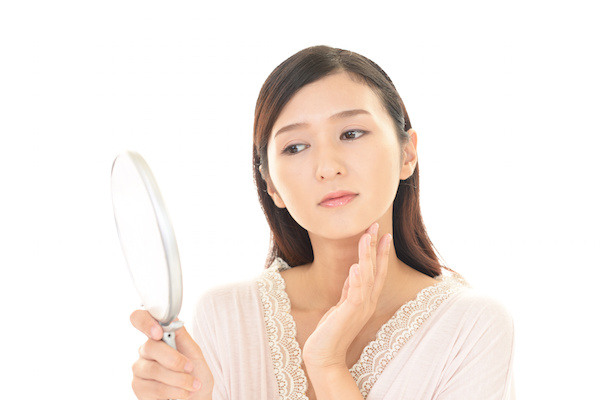
THURSDAY, May 27 (HealthDay News) — A new national survey by the American Academy of Dermatology finds that many people don’t know enough about sun damage to protect themselves from developing skin cancer.
“Our survey showed that despite our repeated warnings about the dangers of UV exposure and the importance of proper sun protection, many people could not correctly answer true/false statements on the subject,” said dermatologist Dr. Zoe D. Draelos, consulting professor at Duke University School of Medicine in Durham, N.C., in a news release.
The survey found that only about one-third of more than 7,000 people surveyed knew that neither ultraviolet A nor ultraviolet B rays are safe for your skin.
“Quite simply, all forms of UV exposure, whether from natural sunlight or artificial light sources found in tanning beds, are unsafe and are the No. 1 preventable risk factor for skin cancer,” Draelos explained.
About half of those surveyed wrongly thought that getting a base tan is a healthy way to protect the skin from damage.
“A base does very little to protect your skin, and since tanning damages the skin, getting a base tan could do more harm than good,” Draelos said in the news release. “The only way to prevent sunburn is to protect your skin through using sunscreen, wearing protective clothing and seeking shade.”
More than half the respondents (63 percent) knew that it was not safer to tan indoors using a tanning bed, which emits UV radiation that has been linked to cancer. But only one in five people correctly responded that a sunscreen with a sun protection factor (SPF) of 30 doesn’t provide twice the protection as SPF 15.
“Regardless of the SPF you use, wearing sunscreen should not provide a false sense of security about protection from UVB exposure,” said Draelos. “No sunscreen can provide 100 percent UVB protection, but using a higher SPF provides greater UVB protection than a lower SPF. Its important to remember sunscreen must be reapplied regularly and be part of an overall sun-protection plan that includes hats, sunglasses, protective clothing and seeking shade.”
More information
The U.S. Centers for Disease Control and Prevention has more about skin cancer prevention.

